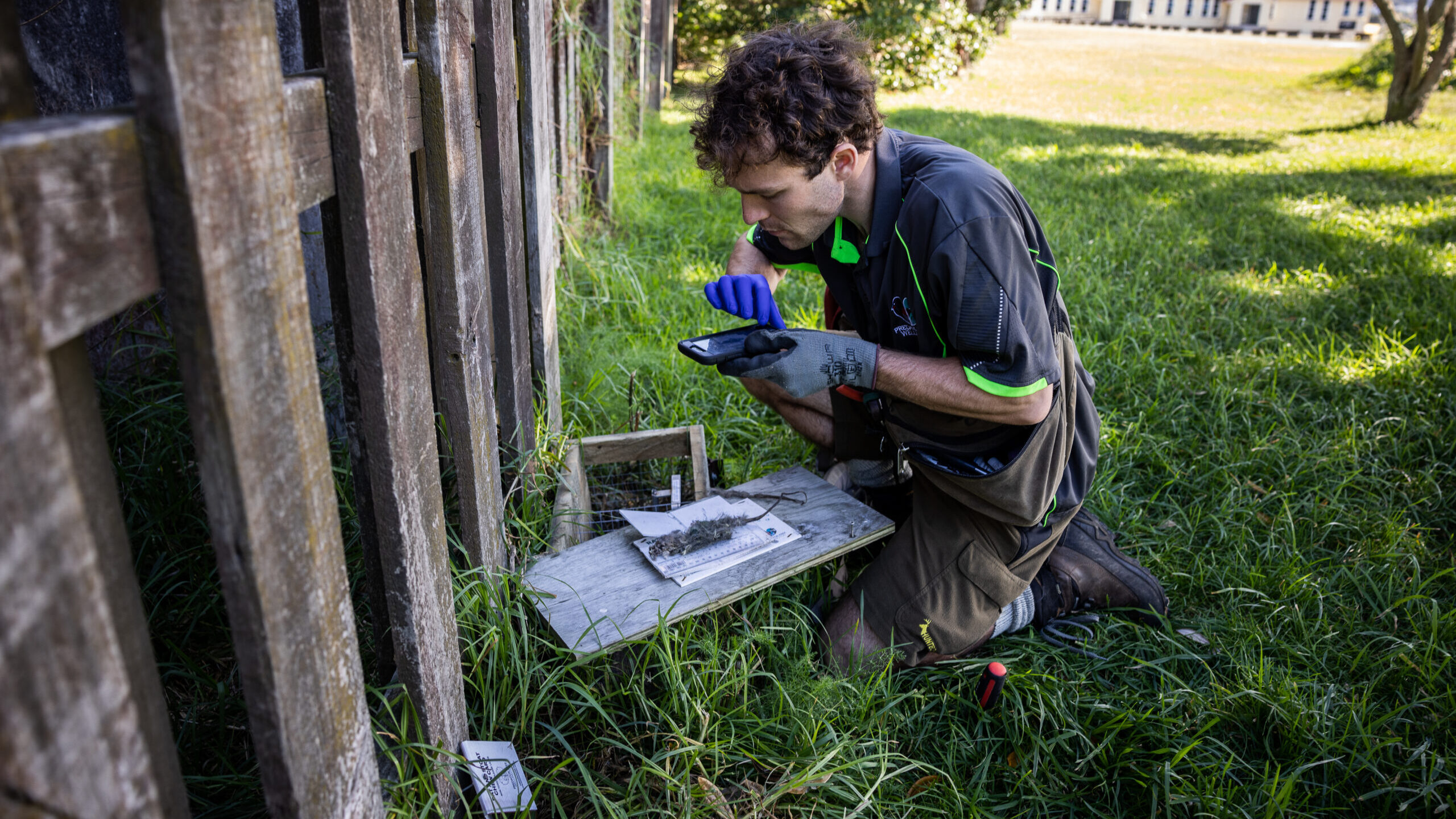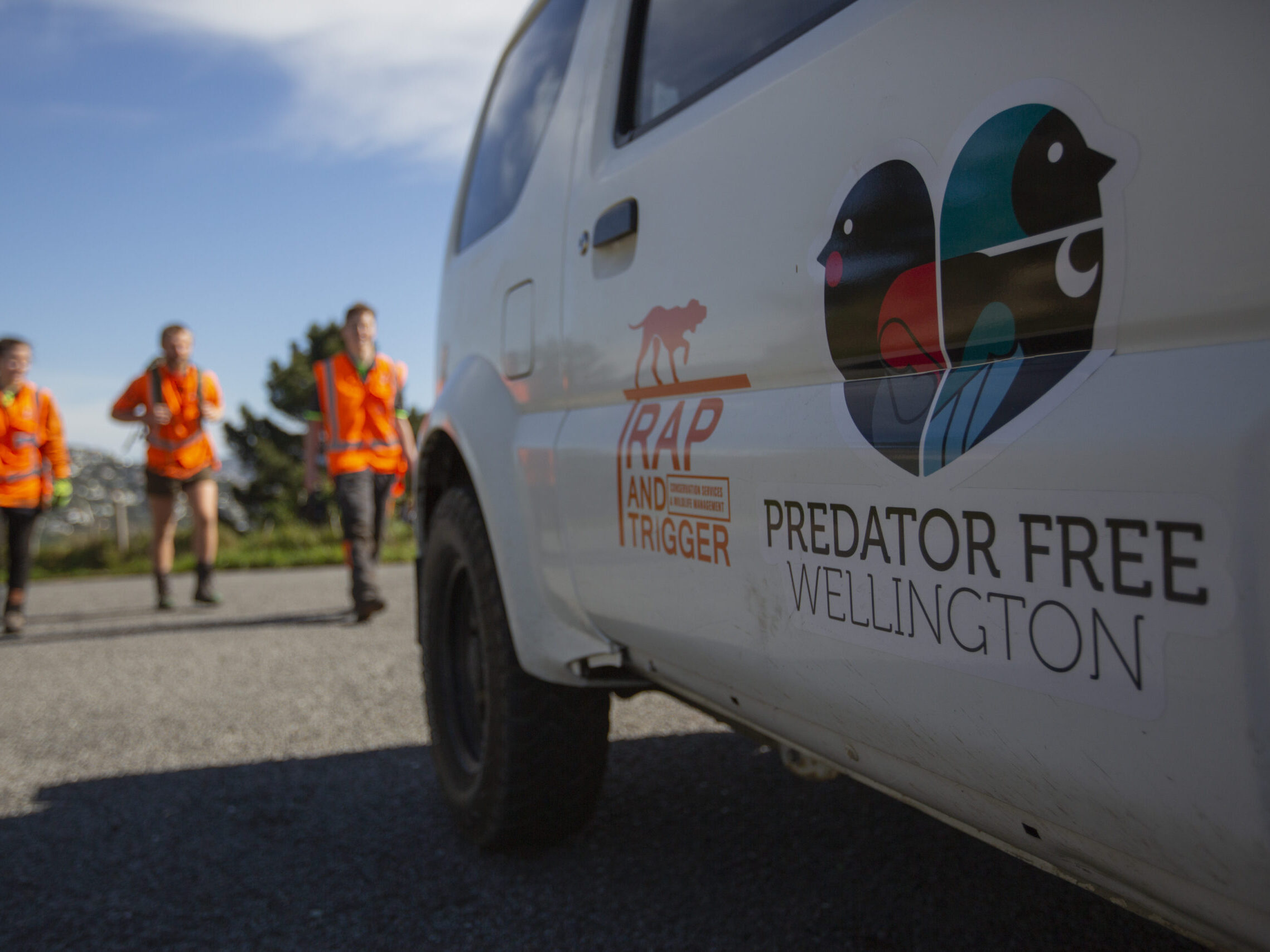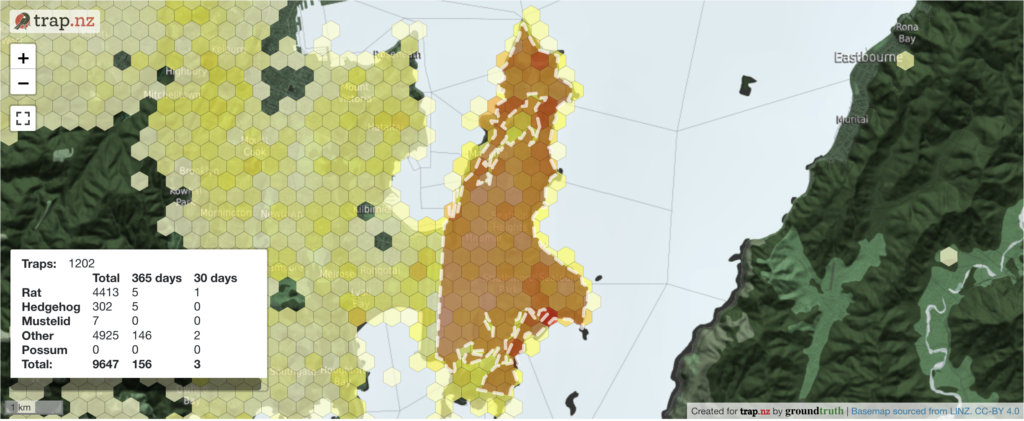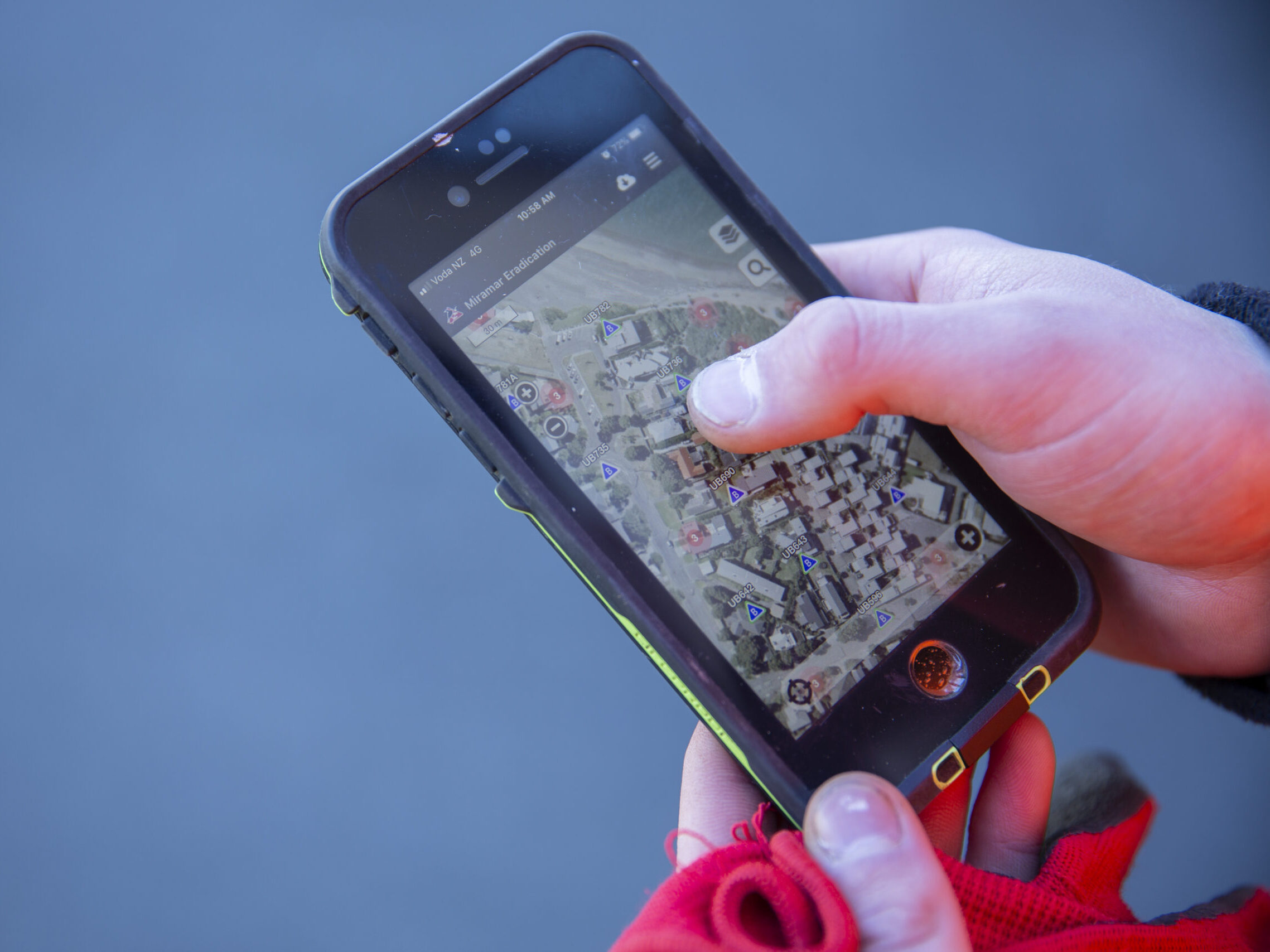The key to keeping track of your contribution to predator free 2050 is likely already in your pocket. You might even be using it to read this story.


Logging when a trap goes snap may seem like a tiny drop in the ocean. But when combined with others in the community, it can create a massive dataset and provide information for large-scale projects.
Predator Free Wellington is one of those large-scale eradication organisations that uses data from thousands of regular trapping Kiwis, trapping in their backyards or local reserve.
The information logged by individuals helps them to decide where and when to target introduced predators. Some of those predators can be particularly sneaky, so efforts to control their population need to be informed by a lot of data.
That’s where you and your cell phone come in.
What’s happening on the ground
Data informs just about everything Predator Free Wellington does. Data comes from their cameras, monitoring devices, and information on online platforms like Groundtruth’s Trap.NZ.
Trap.NZ is a free website or downloadable app for recording trap, bait, monitoring and biodiversity data. It’s one of a few online tracking sites available.
People can use Trap.NZ on their phone as they check their backyard trap or head along a trap line, logging which species was caught, what bait was used, as well as noting birdlife in the area. You’re also encouraged to log if the trap is empty to build as detailed a picture as possible.
Predator Free Wellington field officers and office staff monitor and analyse local Trap.NZ data which can turn out interesting results.

The input from the vast network of trappers helps give them a bird’s eye view of the situation.
“We can visually map it across Miramar Peninsula and look at where our problem areas are, where we’re putting in the effort, but we’re not finding anything,” community engagement and field officer for Predator Free Wellington Emma Rowell says.
“That way we can plan what we will do the coming day or week. It’s evolving all the time.”
From bait types to bird counts to predator sightings or catches, everything helps.
On the record

While Trap.NZ is only one system available, it’s already being used by 35,000 people nationwide, according to the developers. People have logged nearly 13 million records across more than 5,700 projects.
Groundtruth chief technical officer Daniel Bar-Even hopes it can make people’s lives a bit easier.
You can find trapping community projects in your area and join them to add your traps and catches.
“There’s some really good data coming out about the efficacy of various trap types to control various predators,” Daniel says.
“You just wouldn’t have that data if it wasn’t recorded.”
Another feature helps make sure people aren’t heading out to traps only to find nothing there. Trap.NZ can pair with sensor-based traps so when it’s triggered, a push notification on your phone lets you know to check it.
Trap.nz has also just released a free artificial intelligence feature (with help from friends at Manaaki Whenua – Landcare Research) to identify different species in camera trap images. Instead of manually sifting through hundreds or thousands of photos from a trail camera to try and identify friend from foe, the tech does it for you.
Trail cameras are generally an effective tool for monitoring wildlife, can capture a wide range of animal species, and also provide information on animal behaviour.
“It’s that sort of thing that’s taking up a lot of people’s time because they have to do it manually and go through thousands of photos,” Daniel says.
The software can currently identify 15 different species. Users can upload up to 200 images and receive results within minutes. As the technology continues to be developed, the software will self-learn and refine its accuracy.
Trap.NZ is a free service including data collection apps for iOS and Android.
As the technology keeps evolving, there’s hope even more people can get on board and contribute towards Predator Free New Zealand 2050..

